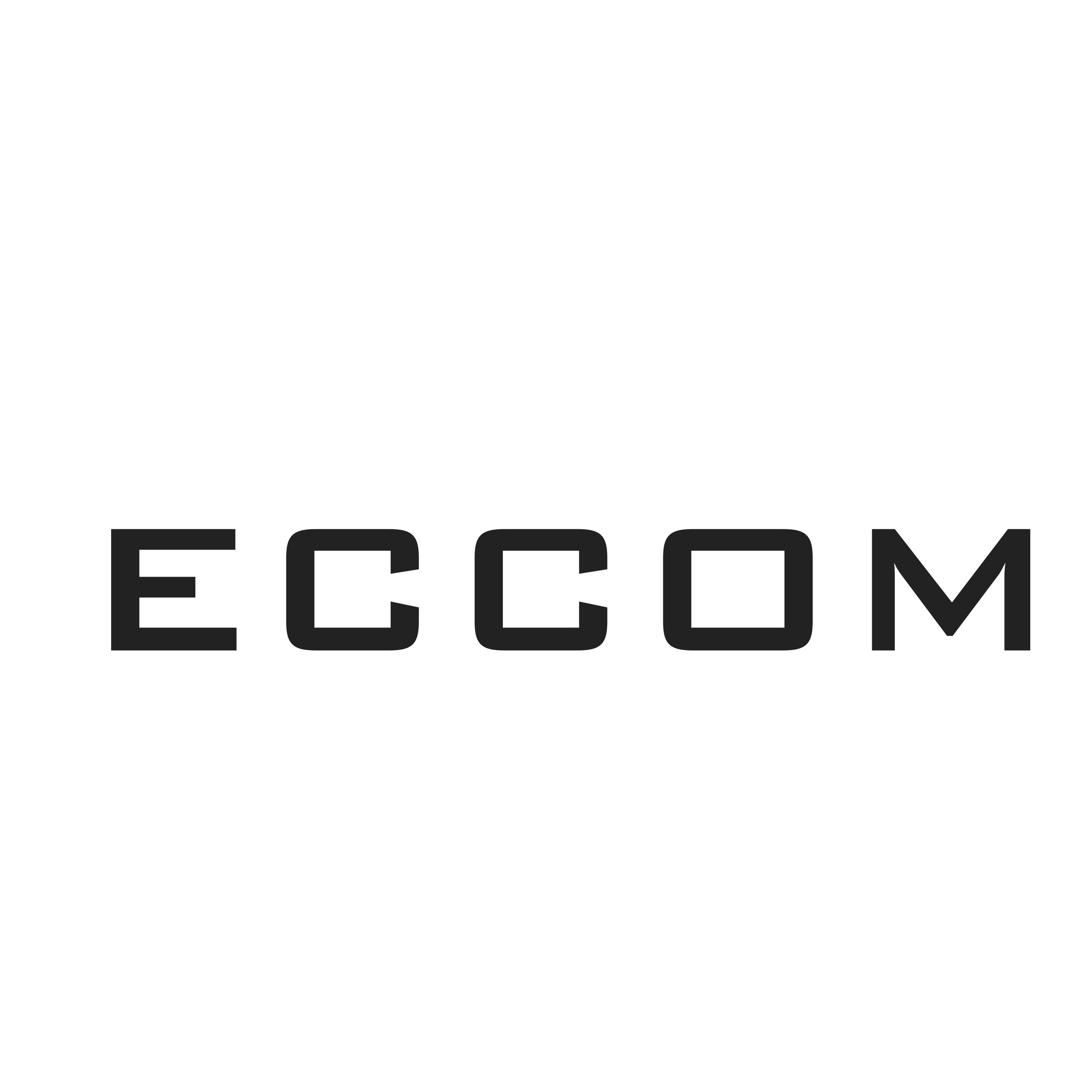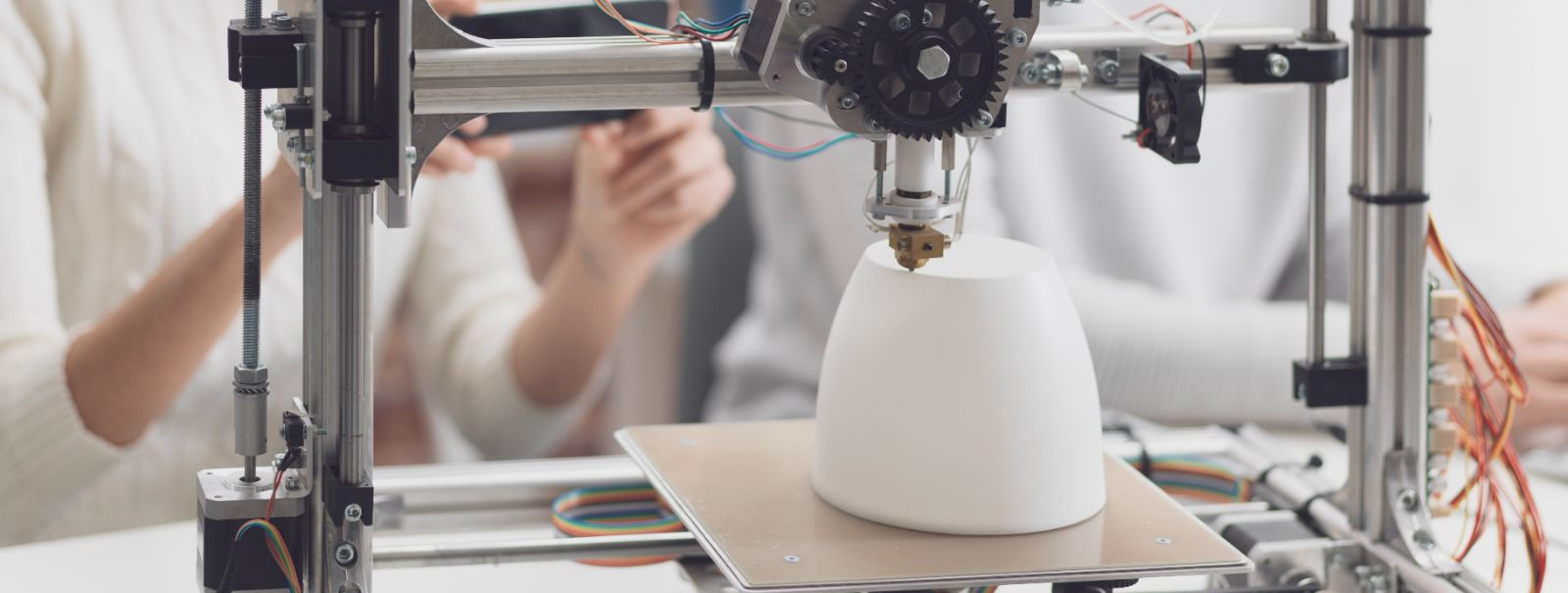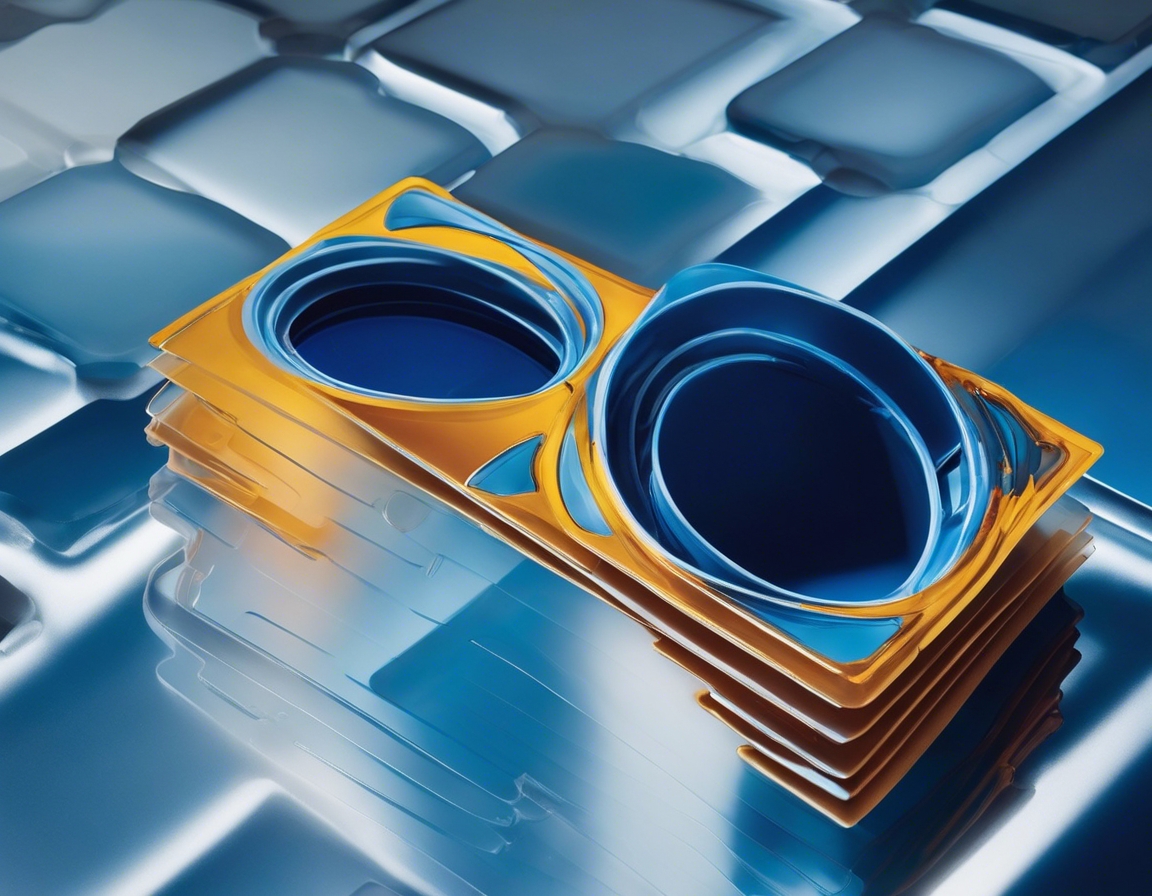The future of 3d printing in custom design
3D printing, also known as additive manufacturing, has come a long way since its inception in the 1980s. From the early days of stereolithography to the latest advancements in metal and multi-material printing, the technology has revolutionized the way we create and conceptualize design. It has opened up new possibilities for customization, allowing for intricate and complex designs that were previously impossible or prohibitively expensive to produce.
Custom design is now at the forefront of innovation, with 3D printing enabling designers and manufacturers to bypass traditional constraints. The ability to rapidly prototype and produce bespoke items has transformed industries, making it possible to tailor products to specific customer needs and preferences.
Advancements in 3D Printing Technologies
One of the most exciting developments in 3D printing is the expansion of material options. From flexible polymers to high-strength alloys, the range of materials available for 3D printing continues to grow. This material diversity not only enhances the functionality of printed objects but also broadens the scope of applications across different sectors.
As 3D printers become faster and more precise, the feasibility of using them for full-scale production increases. Innovations in printer hardware and software are pushing the boundaries of what can be achieved, resulting in higher resolution prints and reduced production times.
Software plays a pivotal role in the 3D printing ecosystem. Advanced design software, coupled with AI and machine learning algorithms, is enabling unprecedented levels of customization. These tools allow for the optimization of designs for specific printing materials and methods, further enhancing the potential of custom design.
3D Printing in Various Industries
The healthcare industry has been one of the most significant beneficiaries of 3D printing technology. Custom-designed prosthetics and implants tailored to individual patients' anatomy are now a reality. Moreover, the emerging field of bioprinting holds the promise of printing living tissues and organs, potentially revolutionizing transplant medicine.
In the aerospace and automotive industries, 3D printing is used to create complex parts and prototypes that are lighter, stronger, and more cost-effective. The ability to print parts on-demand reduces inventory costs and accelerates the development cycle.
From custom jewelry to personalized electronics cases, consumer goods are increasingly being customized through 3D printing. This trend towards personalization is changing consumer expectations and forcing businesses to adapt their manufacturing processes.
Educational institutions are leveraging 3D printing to provide students with hands-on learning experiences. Custom-designed models and experimental apparatus are enhancing the educational process, making complex concepts more tangible.
Environmental Impact and Sustainability
Additive manufacturing inherently produces less waste than traditional subtractive methods, as it only uses the material necessary to build the object. This efficiency is a significant step towards more sustainable manufacturing practices.
The use of recyclable and biodegradable materials in 3D printing is gaining traction, further contributing to the sustainability of the industry. Companies are exploring ways to reuse materials and reduce the environmental footprint of their products.
Energy consumption is a critical aspect of sustainability, and 3D printing is becoming more energy-efficient. Innovations in printer design and operation are reducing the energy required to produce items, making the technology more eco-friendly.
Challenges and Considerations for the Future
As custom design becomes more prevalent, intellectual property issues are coming to the fore. Ensuring that designs are protected while fostering innovation is a delicate balance that must be struck.
Despite the advancements, there are still technical challenges to overcome. Reliability and repeatability are areas where 3D printing must improve to fully realize its potential in custom design.
The adoption of 3D printing in mainstream manufacturing is influenced by economic factors. As the cost of printers and materials continues to decrease, it is likely that more businesses will embrace the technology, leading to broader market adoption.






Comments (0)